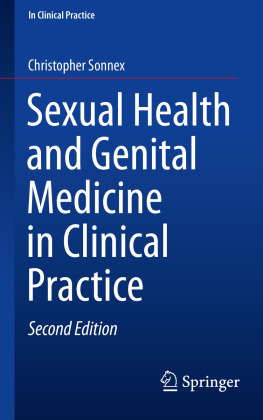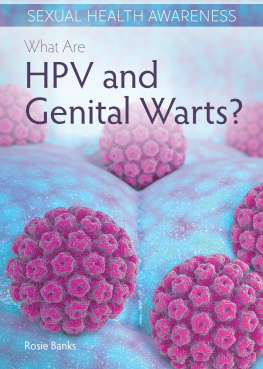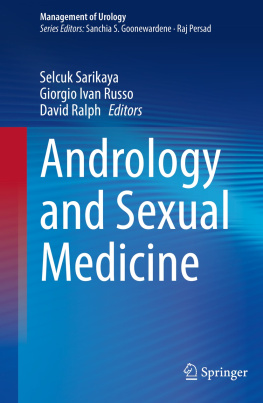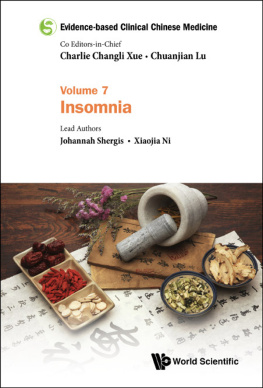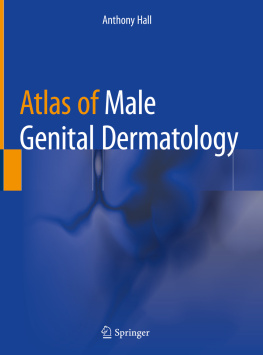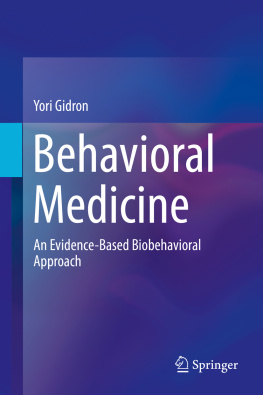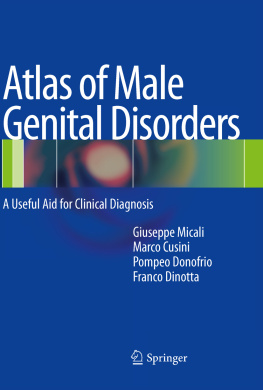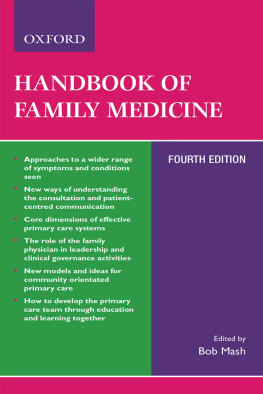Springer International Publishing Switzerland 2015
Christopher Sonnex Sexual Health and Genital Medicine in Clinical Practice In Clinical Practice 10.1007/978-3-319-21638-6_1
1. Which Patients to Refer to Genitourinary Medicine or Sexual Health
Christopher Sonnex 1
(1)
Cambridgeshire Community Services, Cambridge, UK
There is an appreciable overlap between genitourinary (GU) medicine and gynecology, urology and dermatology, which sometimes leads to difficulties when deciding to whom to turn for further advice or a specialist opinion. The following should be considered as general guidelines: if in doubt to whom to refer, give your local GU medicine/sexual health clinic a call.
Many consultants in GU medicine have specific interests and the services available from individual clinics may vary accordingly. A large number of clinics provide expertise in vulval disease, genital dermatology, psychosexual medicine, colposcopy, and sexual assault assessment and management. Getting to know your local department of GU medicine or sexual health is to be strongly recommended: GU medicine clinicians are usually very approachable and are delighted to have general practitioners (GPs) and practice nurses attend clinical sessions and learn more about the specialty.
Referral Strongly Recommended
Men and women with:
Concern (patient or doctor) regarding sexually transmitted infection
Concern regarding human immunodeficiency virus (HIV) infection
Any of the following infections (proven or suspected):
Sexual partners of patients with:
Positive syphilis serology.
Referral Recommended
Women with
Persistent/recurrent vaginal discharge
Persistent/recurrent vulval irritation/soreness/burning
Chronic pelvic pain
Dysuria/frequency with sterile urine culture.
Young women with post-coital bleeding (possibly prior to referral to gynecology)
Painful sexual intercourse (superficial or deep).
Men and women with
Genital warts
Genital molluscum contagiosum
Genital lumps of uncertain etiology
Pubic lice
Genital rashes (diagnosis uncertain or unresponsive to treatment).
Consider Referral
Women with recurrent candidiasis or recurrent bacterial vaginosis.
Springer International Publishing Switzerland 2015
Christopher Sonnex Sexual Health and Genital Medicine in Clinical Practice In Clinical Practice 10.1007/978-3-319-21638-6_2
2. Routine Investigations Performed in Genitourinary Medicine
Christopher Sonnex 1
(1)
Cambridgeshire Community Services, Cambridge, UK
Patients attending a GU medicine department for the first time and those presenting with new problems will usually undergo a variety of investigations to check for evidence of infection, both sexually and non-sexually acquired. Many GPs are uncertain which tests are routinely performed and a standard letter from the clinic stating that the screen for genital infection proved negative is not particularly instructive. All clinics should be screening for the same infections; however, the specific tests used may vary from clinic to clinic.
Tests routinely performed are as follows.
Men with Symptoms (e.g. Dysuria, Urethral Discharge)
Urethral Swab
Culture for Neisseria gonorrhoeae (provides definitive diagnosis of gonorrhoea).
Urethral Swab
Chlamydia trachomatis detection by nucleic acid amplification test (NAAT) e.g. polymerase chain reaction (PCR) or ligase chain reaction (LCR).
Neisseria gonorrhoeae detection by nucleic acid amplification test (NAAT) e.g. PCR or LCR.
These are usually performed on the same sample.
Many clinics have now moved from urethral swab to urine testing for chlamydia detection, which is likely to become the favoured method (certainly by patients) for diagnosing urethral infection in men.
Many clinics also rely on the NAAT for diagnosing gonococcal infection (either by urethral swab or urine) and perform culture only if gonorrhoea is considered a possible diagnosis. Its important to remember that a patient diagnosed with gonorrhoea by a NAAT will require a further swab for Neisseria gonorrhoeae culture, as this will provide antibiotic sensitivities.
Two Glass Urine Test
This is a time honoured test still performed in some UK GU Medicine clinics, although now considered to be of debatable value for diagnosing urethritis. It has a place in helping to differentiate a pure urethritis (usually sexually acquired) from a urethritis present in association with a cystitis (i.e. a UTI, and not sexually acquired).
Any remaining urine is passed into the urinal.
Interpretation of urine results:
First: clear
Second: clear
= normal
First: pus (seen as threads, flakes, general haze)
Second: clear
= anterior urethritis (e.g. chlamydia, gonorrhoea, non-specific urethritis (i.e. non-chlamydial, non-gonococcal urethritis))
First: pus
Second: pus
= posterior urethritis or cystitis (e.g. E. coli , etc.)
Send the first glass urine or a mid-stream urine (MSU) for culture.
The urine may also be checked by dipstix. This may show the presence of white blood cells in cases of urethritis and WBC, protein, nitrate and possibly blood in cases of cystitis.
Phosphaturia is a common cause of cloudy urine. The addition of acetic acid will clear the urine when excess phosphates are present whereas the haze remains in cases of pyuria.
Men Without Symptoms
As the clinical significance of asymptomatic urethritis is currently uncertain, most U.K. clinics no longer look for urethritis in asymptomatic men. A urine NAAT is usually performed, looking for both chlamydial and gonococcal infection.

